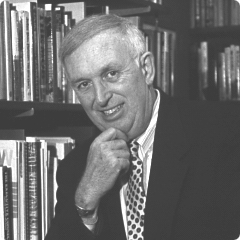|
 |
 |

"Can we think of another neighborhood in the world that has the kind of resonance that Harlem has? Greenwich Village, and neighborhoods in London, but I think it's hard to beat Harlem."
—Robert O'Meally


The flowering of Harlem music, theater, and writing is explored by Columbia faculty and recalled by eminent African Americans social leaders.


Harlem at different times was a magnet for Jews, West Indians, and African Americans from across the United States.


Reflections on Adam Clayton Powell, the odyssey of David Dinkins and political culture itself in Harlem.


Quotations on Columbia’s role in the Harlem community.


The Institute for Research in African-American Studies at Columbia.


One of the most prominent black Americans of the 1930s and 1940s, Robeson won critical and popular acclaim for his stage and screen roles.


From Sid Luckman to Franklin D. Roosevelt, Columbians have often been ahead of their time.
|
 |
|
